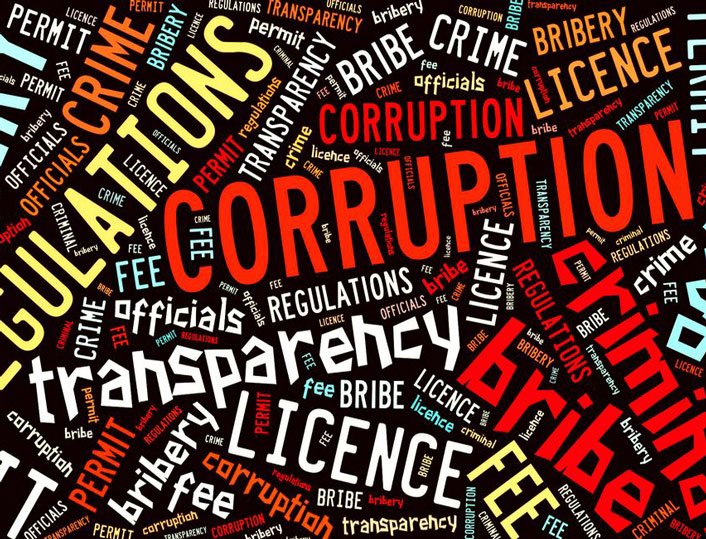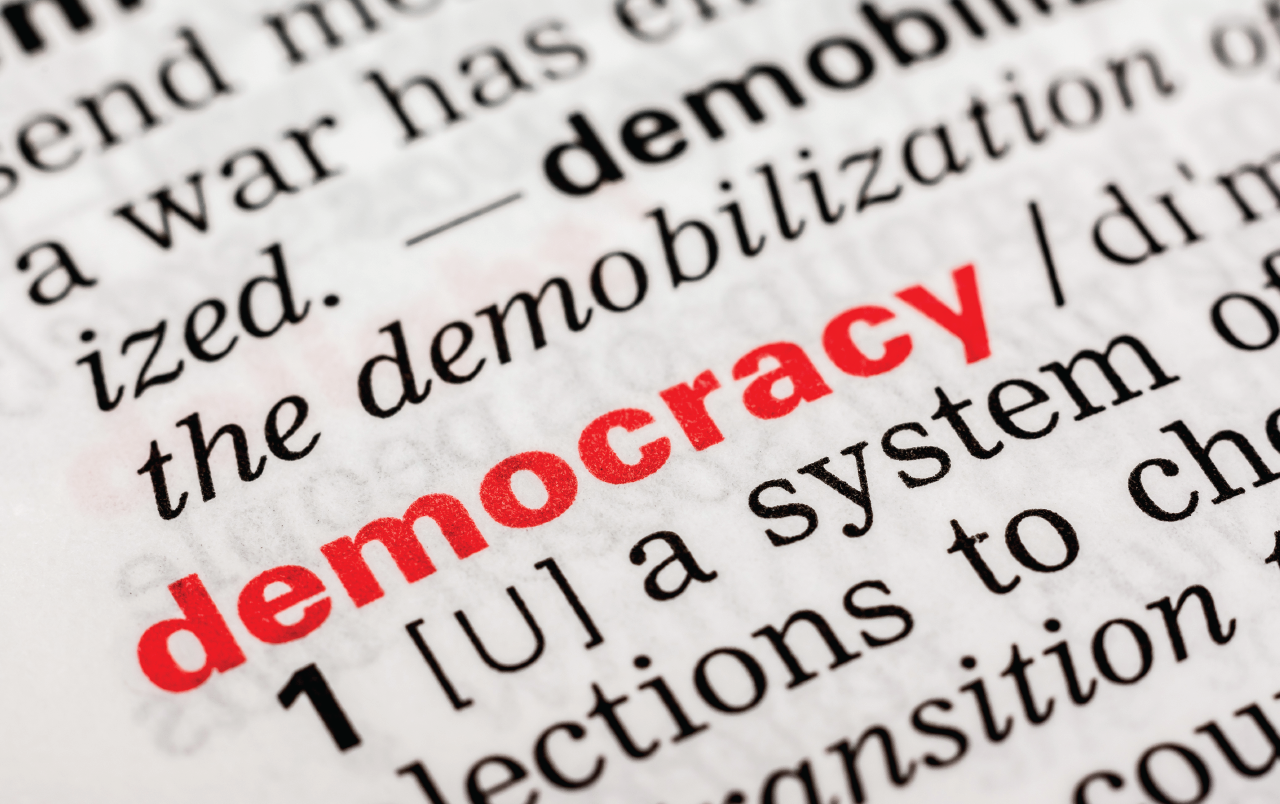Zafar Iqbal
On April 24th, US President Joe Biden signed a bill providing $87 billion in aid to Ukraine and Israel, with Ukraine receiving $61 billion and Israel receiving $26 billion. The aid package is expected to provide Ukraine with the resources to continue its fight against Russia, while Israel can use the funds to escalate the situation in the Middle East, which poses a threat to regional stability.
The US has always prided itself as the world’s largest donor, but its foreign aid has often been politically motivated and strategically manoeuvred. The aid is primarily self-serving, as it is predicated on the US’s interests while impacting the fundamental interests and long-term development of recipient countries.
During the Cold War, the US used aid to stop the spread of communism and consolidate its hegemony. After the 9/11 attacks, US aid shifted towards financing the global war on terror. During the Trump administration, the US adopted an “America First” approach, which influenced its foreign aid, leading to a lack of obligations to narrow the North-South divide and solve other development issues. Furthermore, the US unilaterally withdrew from the Paris Agreement on climate change and the World Health Organization, scaled back and even halted contributions to multilateral institutions, and demanded other countries shoulder more responsibility, which impeded international development cooperation.
In the past seven decades, the US has always pursued its own interests and safeguarded its security while carrying out aid programs. It has repeatedly used aid instruments to tie developing countries to its financial system, exacerbating inequality and making it difficult for the least developed countries to pay off their debts. The Organization for Economic Cooperation and Development (OECD) has issued a peer review of US official development assistance, pointing out that the US’s ODA policies have had negative spillover effects on developing countries. According to the Global Financial Stability Report released by the International Monetary Fund (IMF) in April 2023, US financial policies have become the biggest challenge to global financial stability.
The US foreign aid is arbitrary and self-complacent, with political strings attached and aimed at interfering in other countries’ internal affairs. The United States takes foreign aid as deal-making and adeptly uses it as a bargaining chip to impose its will on developing countries, resulting in inconsistency and incoherence in its foreign policy. The US government has suspended or reassessed aid to countries such as El Salvador, Guatemala, Honduras, and the Solomon Islands as political manoeuvres. In August 2018, the United States, as the primary donor, even stopped contributing to the UN Relief and Works Agency for Palestine Refugees in the Near East by labelling the latter’s work as “irredeemably flawed,” which resultantly led the agency to be financially distressed. This move aimed to pressure Palestine into accepting the so-called “deal of the century,” raising eyebrows from the international community.
The US foreign aid is double-minded with poor delivery, and the US is notorious for not honouring its commitments. Aid for climate change is the perfect example, showcasing the US’s paying mere lip service in this regard. Developed countries, including the United States, pledged to grant no less than $100 billion annually to help developing countries tackle climate change until 2020. However, this commitment has yet to be fulfilled, and the deadline for funding has even been postponed to 2023. The US is the first among the world’s major emitters to break its promise. In 2021, the US government pledged $11.4 billion annually in climate aid to developing countries, but it could only secure $1 billion in 2021 and 2022 towards that goal.
The US foreign aid is also discriminating and expedient, and its aid to Pakistan has been neither charitable nor consistent. During the Cold War era, Pakistan was deemed by the US as a front-line country of strategic value in curtailing the expansionism of the former Soviet Union in the region. From 1955 to 1965, the US aid flooded to Pakistan’s doorstep. From 1982 to 1991, the US resumed its support to Pakistan for leveraging the latter to counter the Soviet invasion of Afghanistan. As the Cold War faded out, the US dramatically reduced its aid to Pakistan, providing symbolic assistance as a gesture of continued engagement. When Pakistan went nuclear in May 1998, the US not only brought its aid to a halt but imposed tough sanctions on Pakistan. The 9/11 incident revived the US interest in and assistance to Pakistan when the latter was re-prioritized as a key partner for the global war on terror. 2010 saw US aid to Pakistan reach a peak of $4.5 billion, which is understandable, with the military part being the mainstay. After that, the aid again dwindled. When the United States was forced to withdraw its troops from Afghanistan in August 2021, its aid to Pakistan suffered a further sharp decline.
In contrast to the US, China values righteousness and advocates amity, sincerity, mutual benefit, and inclusiveness. China sticks to the “iron principles” of non-interference in the internal affairs of recipient countries, non-imposing on others, and non-attachment of any political strings to its foreign aid. By incorporating trade, investment, and aid, and through the development of the Belt and Road Initiative, including the China-Pakistan Economic Corridor projects, China commits itself to building a community with a shared future for mankind, doing service to the well-being of global citizens.














